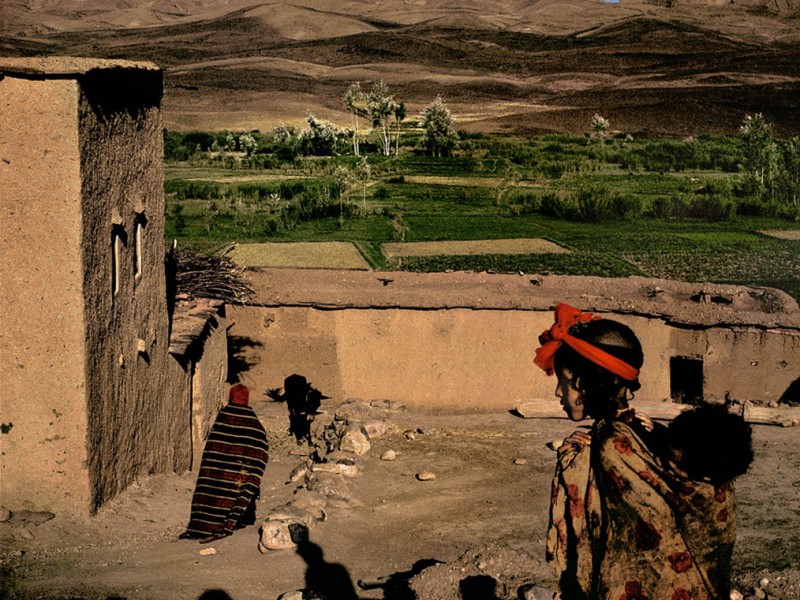German design was put on the map in the 1920s by the Bauhaus school and the Werkbund association. After the division of Germany in 1949, design and everyday culture, too, went their separate ways on both sides of the border. In the West, design became a driving force in the Wirtschaftswunder, or economic miracle, while in the East it was absorbed into the socialist planned economy.
More than thirty years after the fall of the Berlin Wall, the Vitra Design Museum presents the first panoramic overview of post-war design in the two Germanies. From 20 March to 5 September 2021, the exhibition German Design 1949–1989: Two Countries, One History will offer a comparative selection of design from East and West Germany and explore ideological and aesthetic differences as well as parallels and interrelations between East and West. Exhibits range from iconic pieces of furniture and lamps to graphic, industrial, and interior design to fashions, textiles, and personal ornaments.
Cheap plastic and shrill colours in the East, cool functionalism in the West – the exhibition breaks with simplistic stereotypes and presents a differentiated view. Legendary automobiles like the Trabant (1958) and coveted everyday items like the radio-phono-combo ironically nicknamed Snow White’s Coffin (1956) will be on display alongside new discoveries and rare objects such as Luigi Colani’s sculptural loop chair Poly-COR (1968). The exhibition introduces important figures including Dieter Rams, Egon Eiermann, Rudolf Horn, and Margarete Jahny while also highlighting the role of design schools and the Bauhaus legacy. Its broad panorama of design from the two Germanies illustrates how closely intertwined design and history, everyday culture and world politics were in Germany during the Cold War period.
The exhibition begins with immersive installations allowing visitors to experience the role of design in East and West Germany. The two new states sought to establish their identities by designing new coats of arms, currencies, passports, and symbols – right down to the stylized figures in pedestrian crossing signals. At the same time, objects like Peter Ghyczy’s Garden Egg Chair (1968) illustrate that the division between East and West Germany was not nearly as strict as it often appears: the futuristic chair was manufactured in almost exactly the same form on both sides of the border. The exhibition also looks at German design before the Second World War, since many German designers were former Bauhaus students. By drawing on the modern ideas that had been taught at the Bauhaus and other design schools, post-war design practice and design education hoped to overcome the dark shadow of the Nazi era.
This introduction is followed by a chronological narrative of East and West German design history. It begins in 1949, when the Federal Republic of Germany was founded in the Allied occupation zones and the German Democratic Republic in the Soviet sector. The large-scale housing programmes by which both states sought to accelerate reconstruction led to a rapid rise in demand for consumer goods – from furniture and tableware to electrical appliances and automobiles. Everyday objects like the kitchen wall clock designed by Max Bill (1956) or Klaus Kunis’s elegant watering can (ca. 1960) reflected a new domesticity as well as the growing popularity of modern design. In both East and West, several design schools were revived or established in order to train the young designers that industry needed so urgently, not least because design provided an excellent means of projecting a modern and open-minded image. Milestones in this context include the revival of the Leipzig Trade Fair in 1946, aimed at boosting East Germany’s export economy, and the West German pavilion designed by Sep Ruf and Egon Eiermann for the 1958 Brussels World’s Fair.
After the fall of the Berlin Wall in 1989, large parts of East German industrial production were phased out, and many East German household names simply vanished. The exhibition German Design 1949–1989: Two Countries, One History compares East and West German design on equal terms and in so doing casts a spotlight on lesser known chapters of German design history. While emphasizing the political significance of design in the Cold War era, the exhibition also reveals the. fascinating multiplicity of design styles and attitudes requiring a more differentiated approach than one fixated on ideological differences. The exhibition is the first to address the history of design in East and West Germany as a shared history – one marked by contrast and clashes, but also by sharing and connecting.
After its presentation at the Vitra Design Museum in Weil am Rhein, the show will travel to the Kunstgewerbemuseum, Staatliche Kunstsammlungen Dresden.
For more visit: design-museum.de
Related Features
-
52
-
-
-

